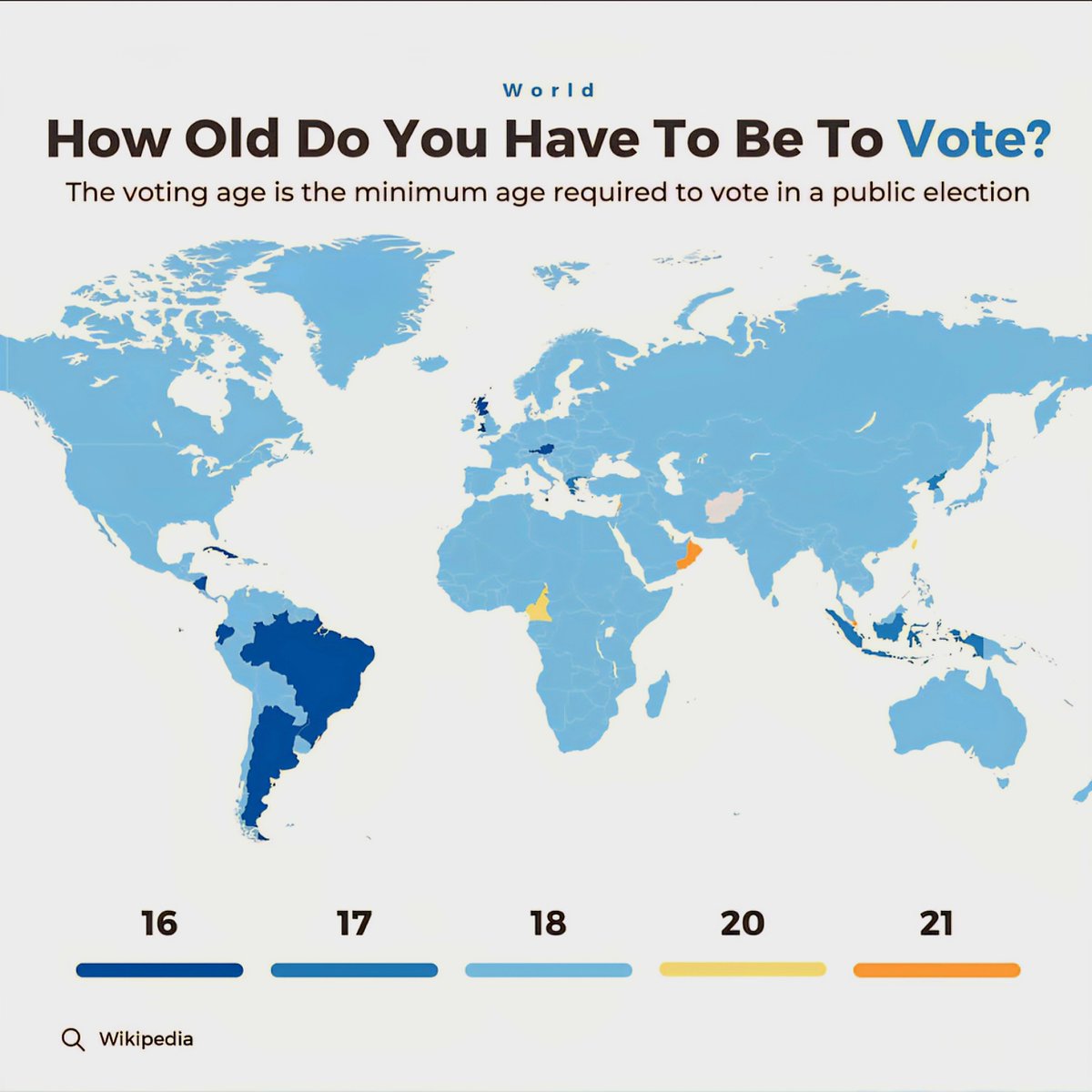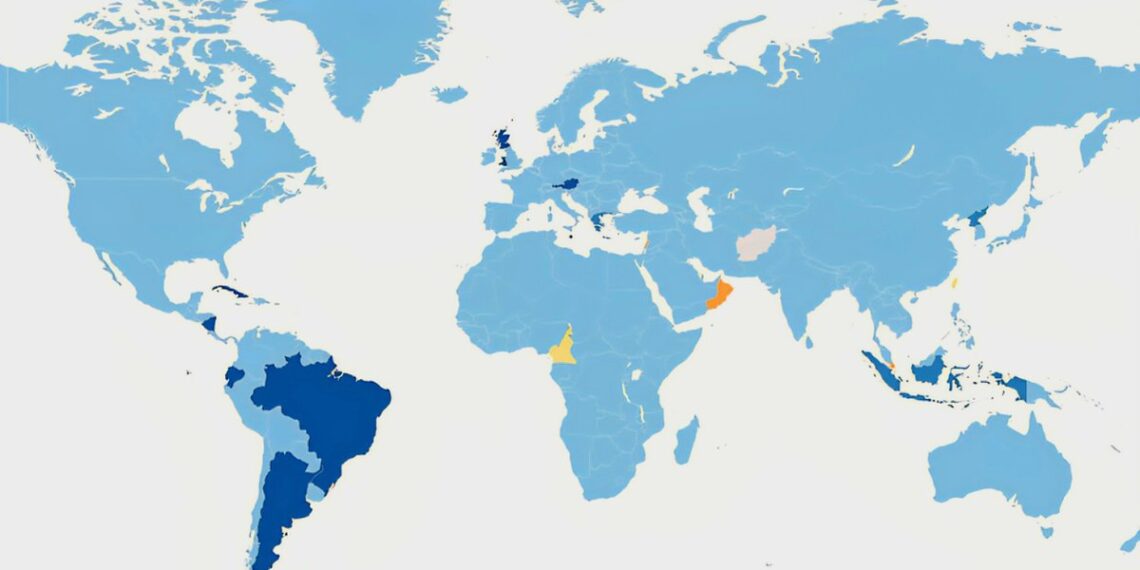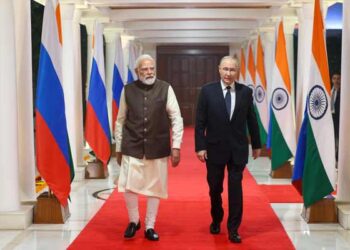Select Language:
Voting Ages in Different Countries: A Global Perspective
As countries across the globe continue to rethink age-related voting policies, the age at which citizens gain the right to vote varies significantly. In 2025, many nations are debating or have implemented changes aimed at fostering greater youth engagement in democracy. Here are some key insights into how different countries approach voting ages and what that means for voters worldwide.

1. The United States: Voting Age Remains at 18
The U.S. continues to uphold the voting age at 18, a standard set by the 26th Amendment in 1971. This amendment was passed during the Vietnam War era to grant voting rights to young adults. Despite ongoing debates about lowering or raising this threshold, policies have remained steady for over five decades. Recent discussions have centered on increasing youth participation rather than changing the voting age itself.
2. Austria Leads with the Lowest Voting Age in Europe
Austria has long been progressive in its voting laws, allowing citizens as young as 16 to participate in federal and local elections. This policy has been in place since 2007 and aims to encourage early political engagement. The approach has received mixed reviews, with supporters citing increased civic responsibility among youth, while critics argue maturity levels vary at that age.
3. Brazil’s Voting Age: 16, with Mandatory Participation
Brazil stands out with a voting age of 16, though voting is compulsory for citizens aged 18-70. This system seeks to involve young people in democracy early, although some argue it might be too early for significant political responsibility. Brazil’s model is often studied as an example of integrating youth into electoral processes.
4. Germany: Voting Age at 18 with Notable Discussions on Adjustment
Germany maintains a voting age of 18 for federal elections. However, there’s an ongoing debate about lowering it to 16 for certain elections, such as local or European Parliament votes. Advocates believe that giving younger voters a voice fosters democratic habits early on, though opponents cite concerns about maturity and political awareness.
5. Argentina’s Youth Empowerment at 16
Since 2012, Argentina has allowed citizens aged 16 and above to vote in elections. This move was part of broader efforts to empower youth participation and promote political awareness from an early age. Studies show increased youth engagement in civic matters as a result.
6. The Philippines: Voting Age at 18 but with Active Youth Campaigns
The Philippines maintains a voting age of 18, with active campaigns encouraging young voters to participate in elections. Some advocacy groups are calling for a reduction to 16, citing global trends and the importance of integrating youth voices into national conversations.
7. Switzerland: Different Voting Ages for Different Cantons
Switzerland varies voting ages by canton, typically ranging from 16 to 18. Some cantons allow voting at 16 for local elections, promoting early engagement at the community level. The Swiss model exemplifies decentralized control over electoral policies, fostering diverse approaches.
8. Recent Movements to Lower Voting Ages in International Politics
In 2025, several countries are considering lowering their voting ages to combat youth disengagement. Campaigns argue that enabling 16- and 17-year-olds to vote could bolster democratic participation, especially amidst pressing climate and social issues. However, critics caution about the maturity and political understanding of younger voters.
9. Impact of Early Voting Rights on Youth Participation
Research in 2025 indicates that countries allowing voting at younger ages tend to see increased political engagement among youth. Early voting rights can foster a lifelong habit of voting and civic responsibility, but the actual impact varies depending on supplementary youth education and outreach programs.
10. Future Trends in Global Voting Age Policies
Looking ahead, the trend suggests a gradual shift towards involving younger populations in elections worldwide. With several nations actively debating or implementing lower voting ages, the landscape of electoral participation appears poised to evolve further. Policymakers are increasingly recognizing the value of early civic involvement for strengthening democracies.
As nations continue to explore their approaches to youth voting, the diversity in policies reflects differing cultural values, political priorities, and societal structures. 2025 remains a pivotal year for the global conversation on how early voting rights shape future democracies.







